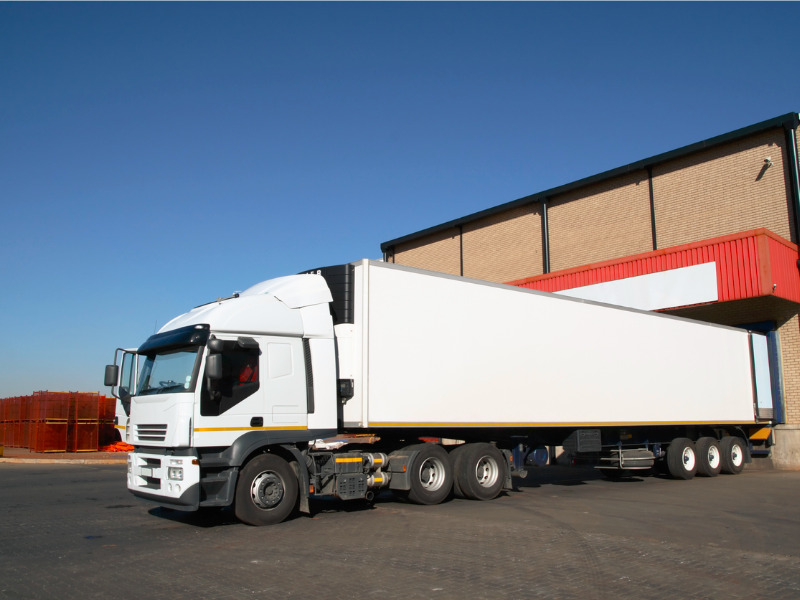How insurers verify truck fleet sizes before insuring them

Commercial truck fleets trying to get more favourable insurance rates by only reporting the trucks on the road, and not the ones on their lots, might find themselves outwitted by the industry’s scrutiny, sources tell Canadian Underwriter.
But whether due to policy misunderstandings or attempts to game the system, the industry has ways to address this issue, sources tell CU.
For example, Facility Association recently introduced new tactics for truck premiums. This includes a surcharge for companies that drive more than 50% outside of the Atlantic provinces and Quebec, and a telematics program in Alberta that collects geographic information on its participants to accurately reflect their risk.
According to reporting by our sister publication, Today’s Trucking, some fleets may attempt to insure only the portion of their trucks that are in use, while not reporting the ones sitting on their lots and not being driven.
But when it comes to fleet reporting, FA insures vehicles based on their individual VIN numbers, meaning truckers can’t skirt reporting, Saskia Matheson, FA president & CEO tells CU.
“At FA we only write lists of individual trucks,” says Matheson. “You can’t just say, ‘I’m a fleet of 10 trucks.’ You’ve got to say, ‘it’s this one with this VIN,’ so all the lists are separate. And that’s an important way that we control for that kind of behaviour.”
Matheson adds insurers rely on clients to provide accurate information when they’re filling out policy applications.
For FA, there’s a built in failsafe because it insures individual trucks and not fleets as a whole. A truck that’s not listed on the policy won’t be paid out for a claim.
“That trucking operation ends up carrying the liability, the damage, there’s no coverage,” she tells CU.
“FA wouldn’t accept the risk if it didn’t list all the individual vehicles. So that’s why in the past few years, [we’ve] really been focusing a lot on truckers’ disclosure on where they operate. That’s really been the big issue for us. It’s been far less of an issue that they don’t tell us at all about the truck.”
As for how standard insurers verify fleet sizes, the task often falls to brokers, according to one carrier.
“For a customer’s fleet, a broker would provide us with accurate and up-to-date information such as a list of vehicles that is owned or leased by the customer and year, make, model and serial number of each vehicle,” Nick Frattaroli, vice president of commercial lines at Intact Insurance, Ontario, says in a statement.
“Whether in a fleet or other risk, we trust brokers to tell us the customer’s story so that we can provide the most accurate quote for the risk.”
Feature image by iStock.com/bucky_za







